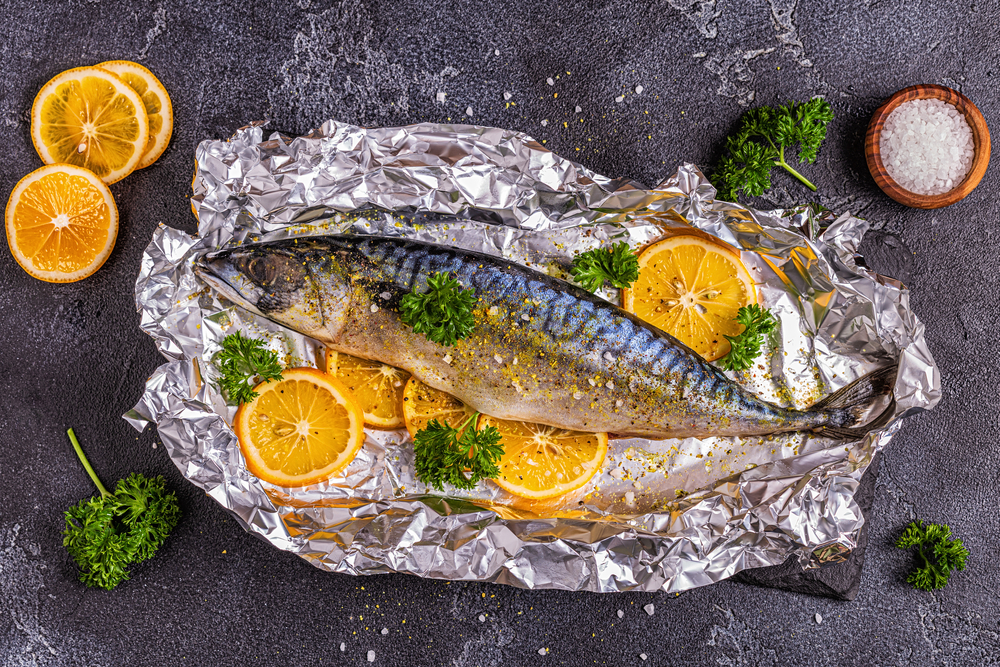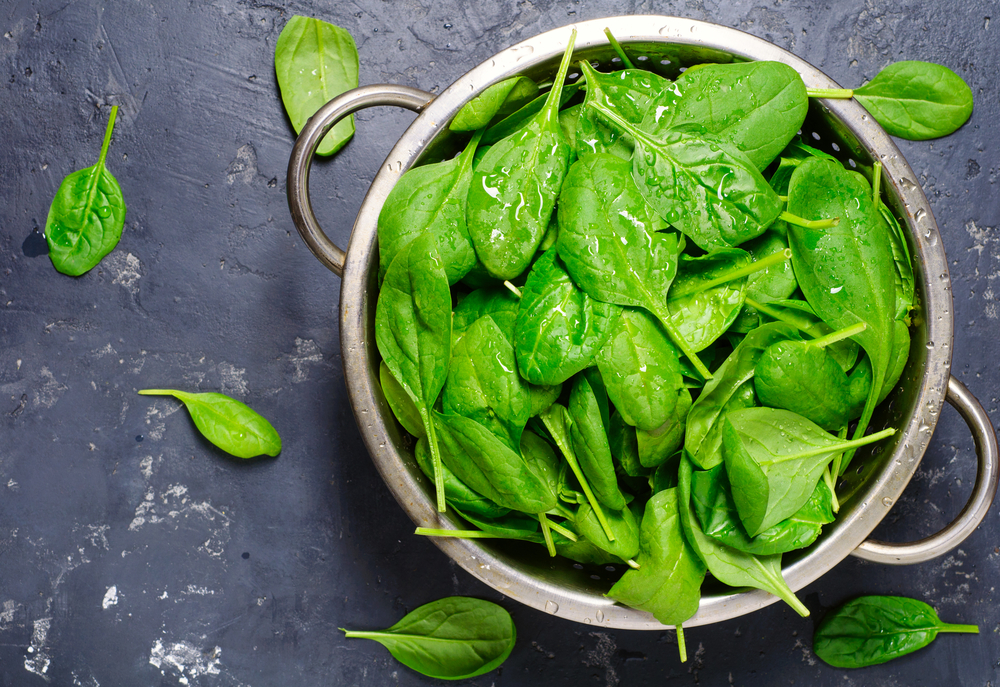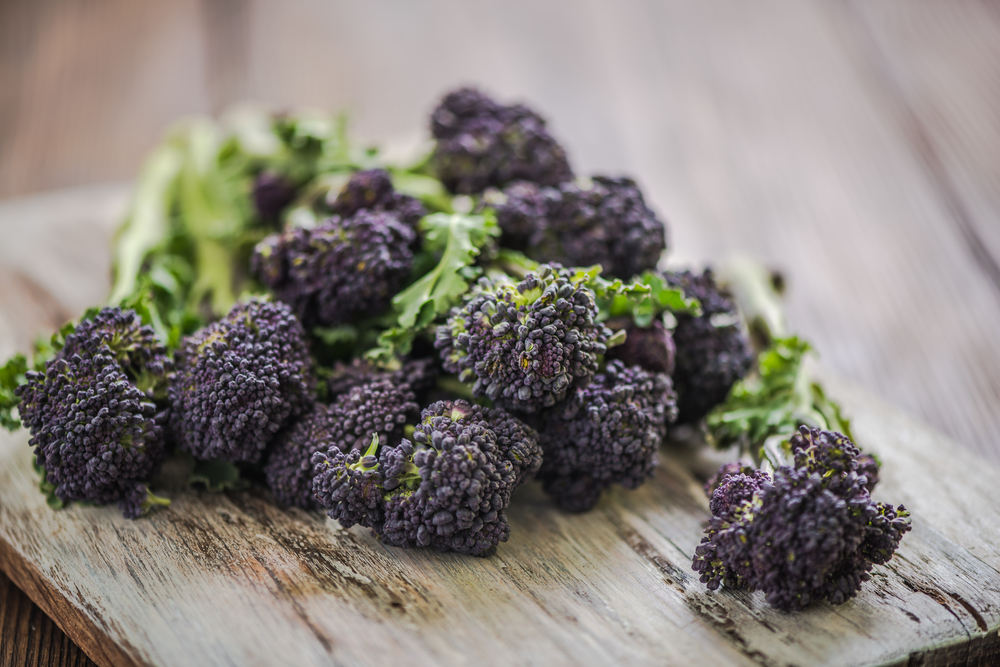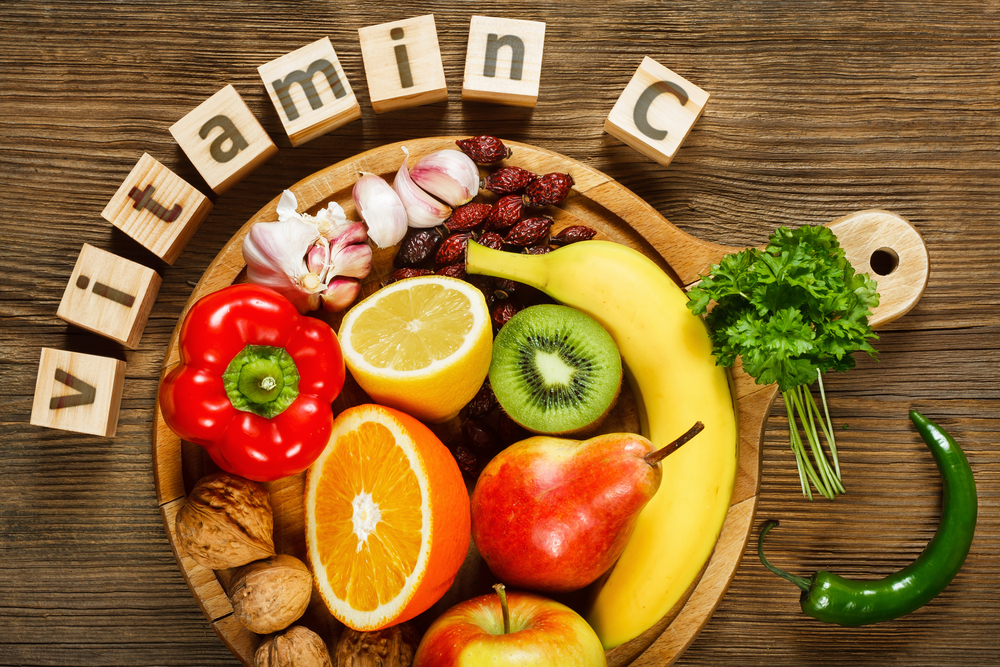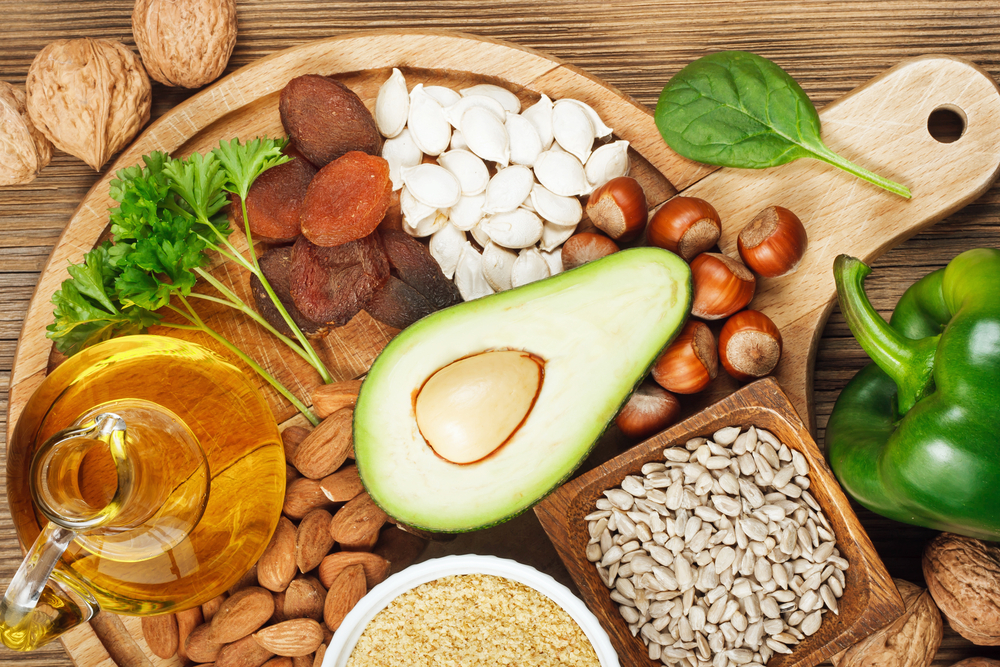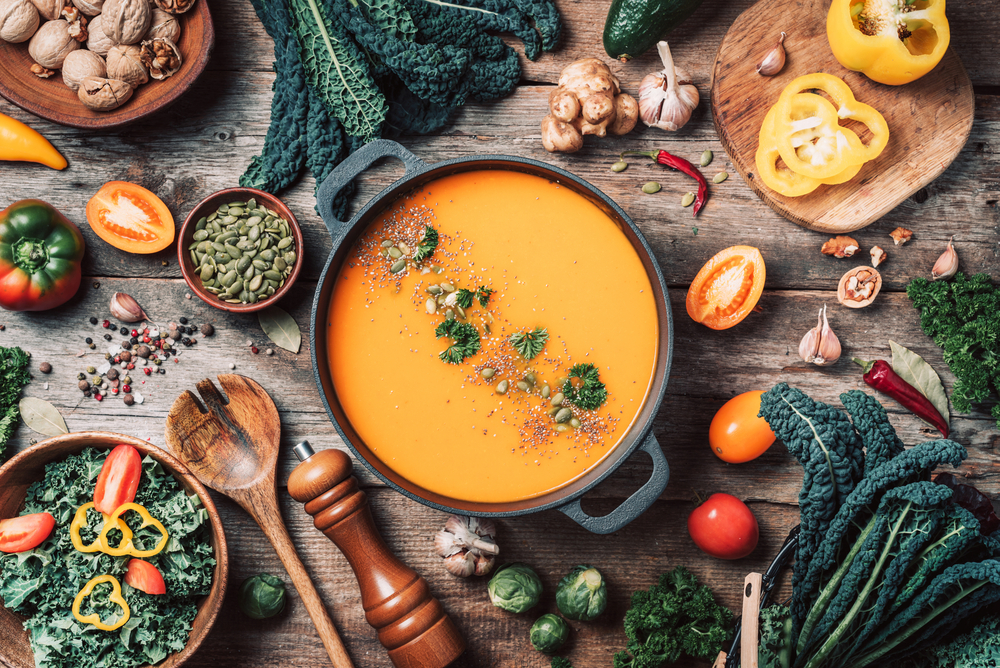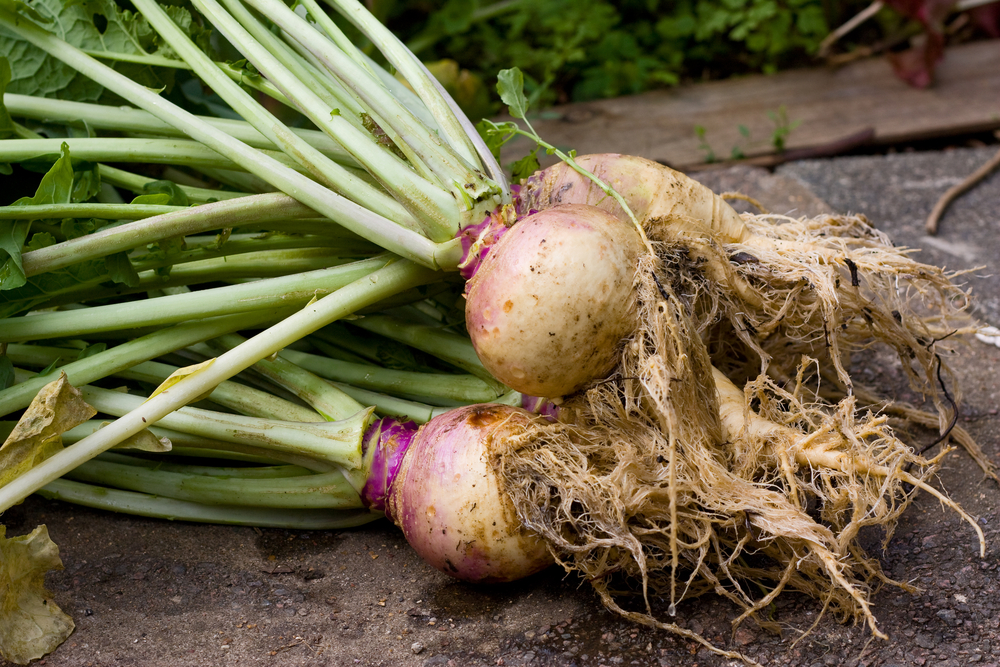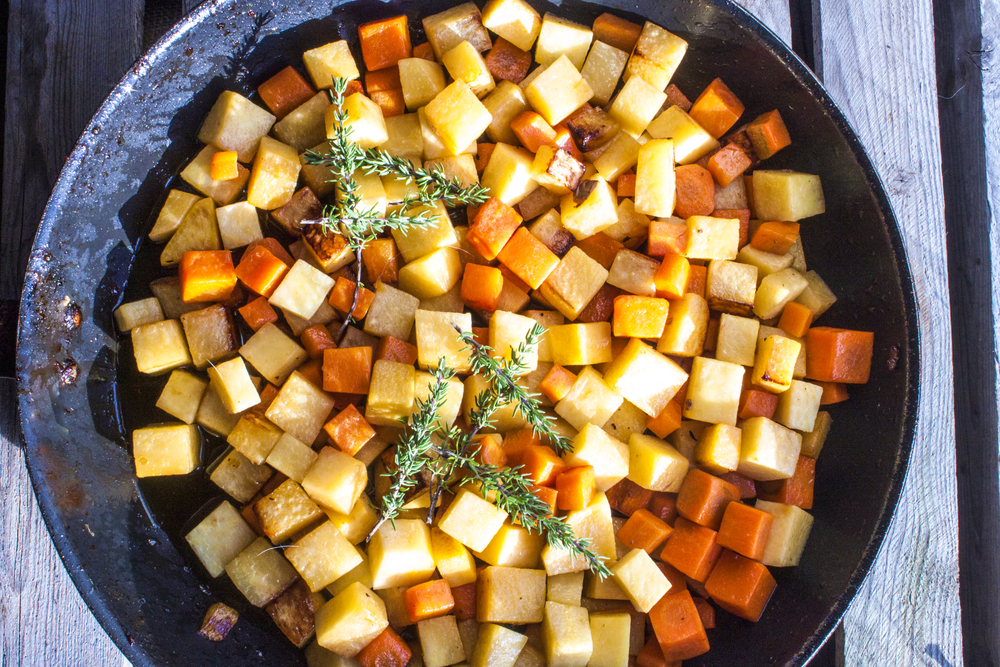
Food is of course our main source of fuel and energy. So, giving your diet the thought it deserves on a daily basis is very important.
The quality and variety of the food we eat is critical to our overall wellbeing which includes energy production.
To help you on your way, Clinical Nutritionist Suzie Sawyer shares her top five energising foods to keep you going all day long!
Whole grain bagels

Delicious, versatile, and low in fat, whole grain bagels provide a great energy boost. Whether you start the day with a toasted bagel with scrambled eggs, or with some low-fat cream cheese and smoked salmon at lunchtime they will really hit the spot!
Whole grain foods are naturally high in energising B-vitamins because they haven’t been highly refined. They also contain plenty of minerals, especially magnesium, which is needed for energy production too.
Eggs

You might not associate a high protein food like eggs with energy. However, protein keeps blood sugar levels in check, and so too energy levels. In fact, having some eggs at breakfast really helps to keep energy levels sustained all-day long. Eggs are not only high in protein but also rich in energising iron and B-vitamins.
The great news is that there are many ways to eat eggs, so you’ll never get bored of having the same meal. Scrambled, fried, poached, as an omelette or frittata, or even as French toast where bread is dipped in egg and lightly fried – the options are endless.
Sweet potatoes

Whilst all types of potatoes are great for providing energy, sweet potatoes have the slight edge on nutrient content, but also for keeping blood sugar levels in balance. This in turn will provide sustained energy for longer.
Sweet potatoes are rich in beta-carotene, which is made into vitamin A in the body, and helps protect the immune system too. And sweet potatoes can be prepared and eaten in exactly the same way as white potatoes. Plus, if you eat them with some protein, energy levels will soar all day long. It’s time to enjoy a jacket sweet potato with tuna as an easy, low-fat lunch or quick evening meal.
Chickpeas

Chickpeas are a legume which are high in both protein and good carbs. And they’re certainly a perfect food for vegans. In terms of energy, chickpeas are great because they’re packed with B-vitamins, especially folate, alongside iron, magnesium, and copper. Furthermore, they’re rich in fibre so they’ll keep you feeling fuller for longer and well as keeping your energy levels high.
If you’re struggling to decide how to eat them, then why not try this delicious and easy recipe for even more energy. The addition of iron-rich spinach makes it the perfect lunch or dinner choice. https://www.bbcgoodfood.com/recipes/spinach-chickpea-curry
Bananas

No wonder we often see athletes eating bananas before, during or after an event or match. Bananas provide an instant pick-me-up, especially when energy levels are flagging. Even better, they’ll keep you fuelled up because bananas are high in fibre so energy levels will be sustained.
Bananas are also a great food for exercise recovery because they provide electrolytes such as potassium and magnesium, which are lost during exercise. The quicker you can recover from a heavy workout, the sooner you’ll have the energy for another session. And if you’re thinking of eating them as an easy breakfast, then do add some protein in the form of natural yoghurt for an even great energy hit.
So, up your energy levels with Suzie’s five easy ways of keeping you fuelled and ready to go for longer!
Stay well.
FOR MORE GREAT DIET AND LIFESTYLE ADVICE:
Sign up to receive our blog and get a weekly dose of the latest nutrition, health and wellness advice direct to your inbox.
Follow us on Twitter @feelaliveuk for nutrition, lifestyle and well-being tips.
Visit us at www.feelaliveuk.com for the latest offers and exclusive Alive! content.
Follow and Chat with Suzie on Twitter @nutritionsuzie
For everything you need to know about vitamins, minerals and herbs visit our sister site Herbfacts
All images: Shutterstock


















